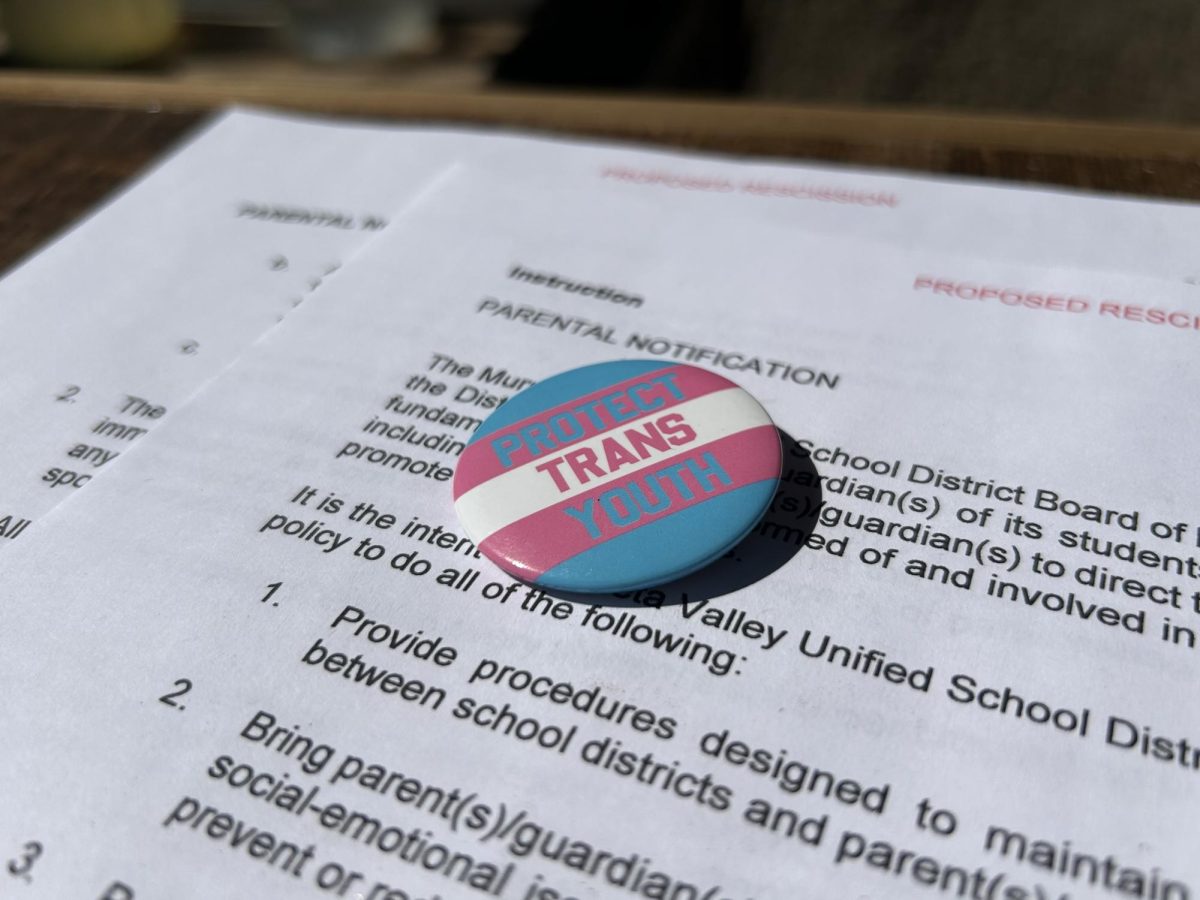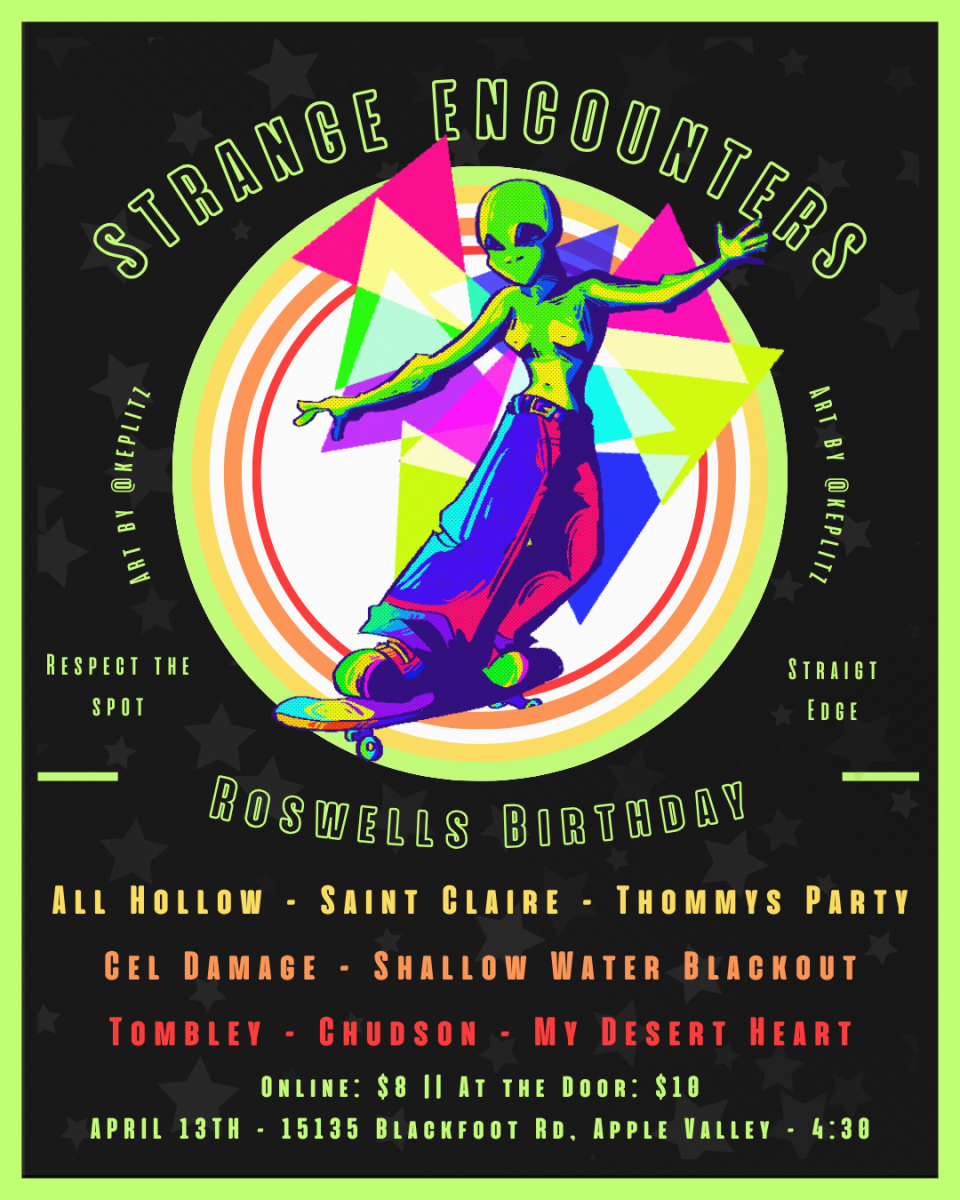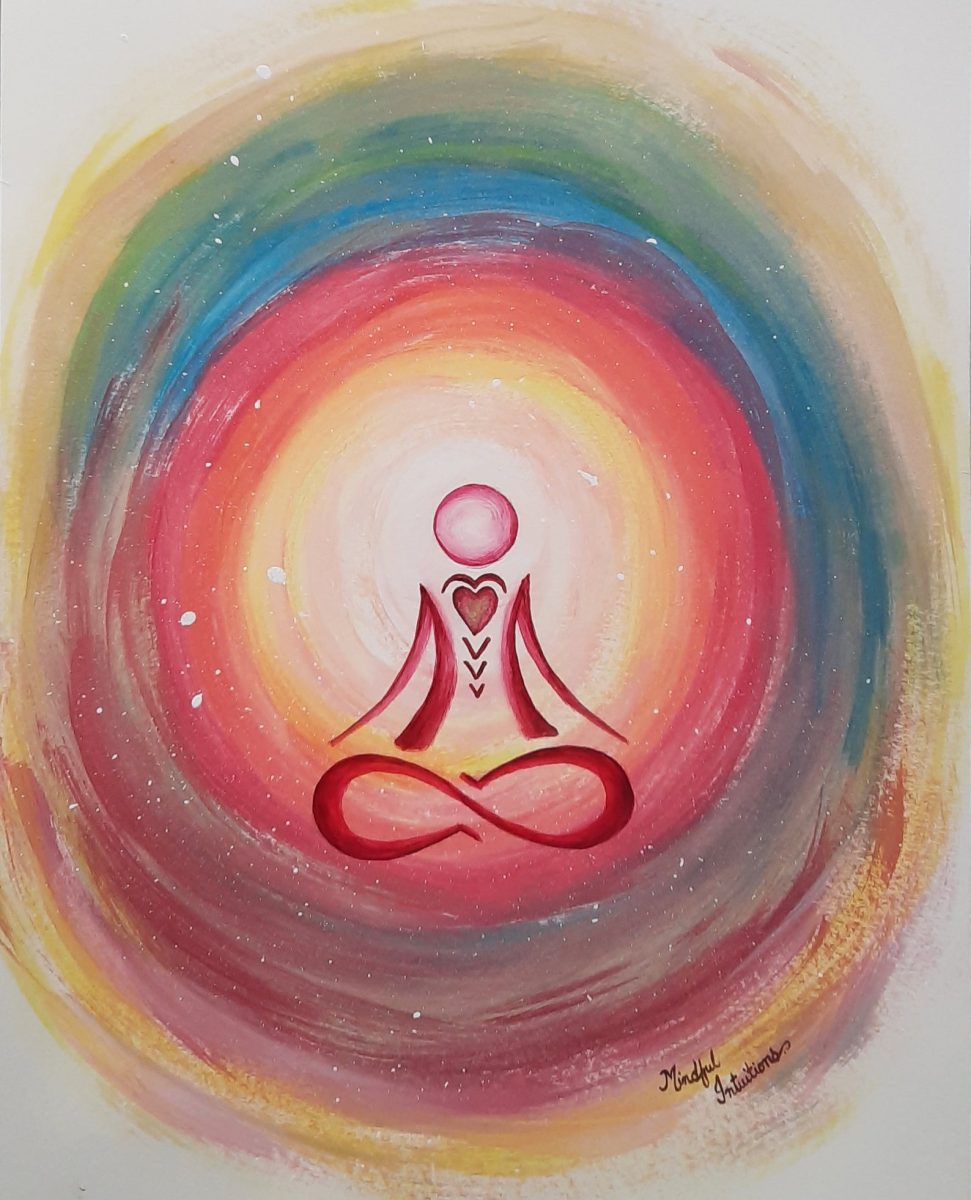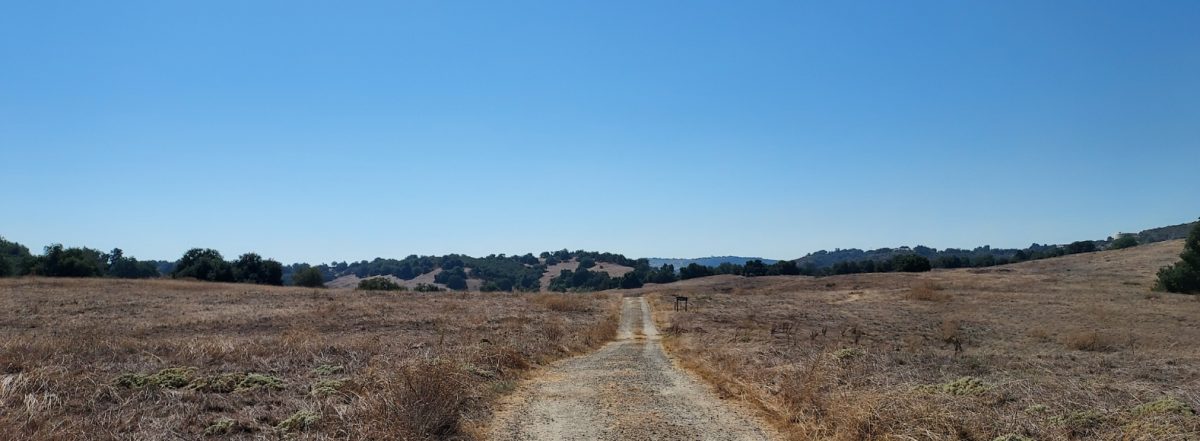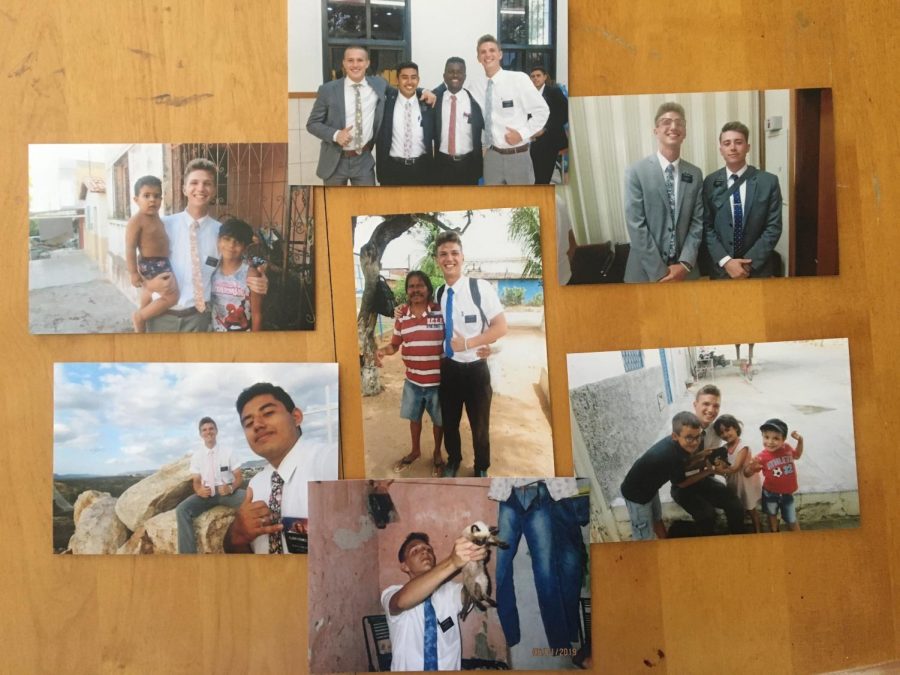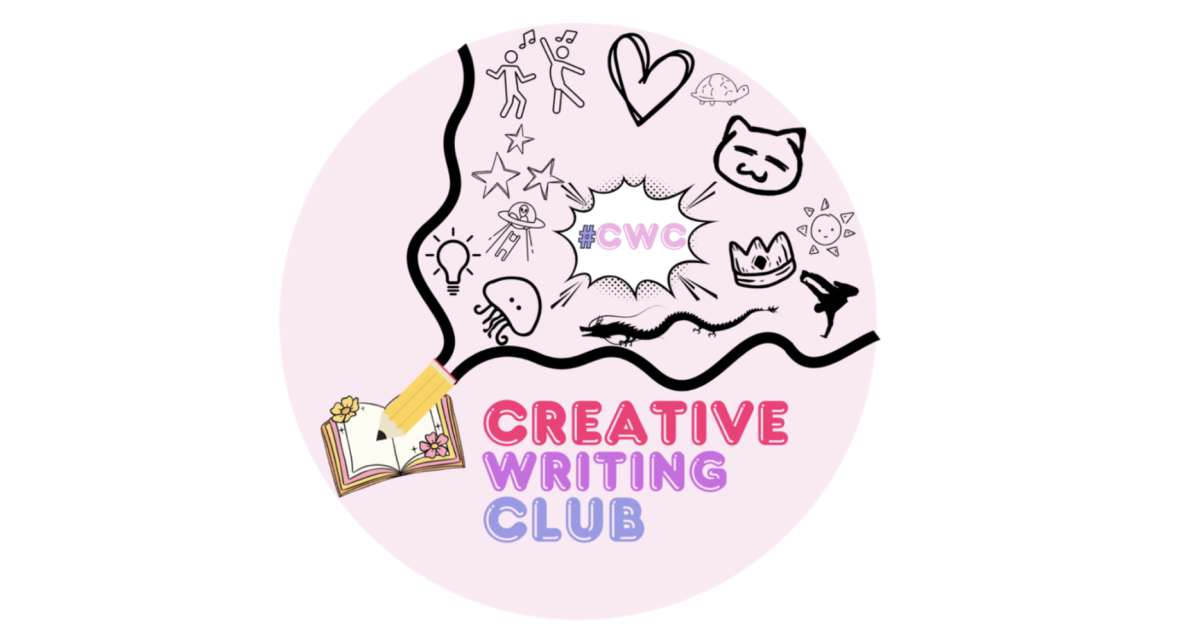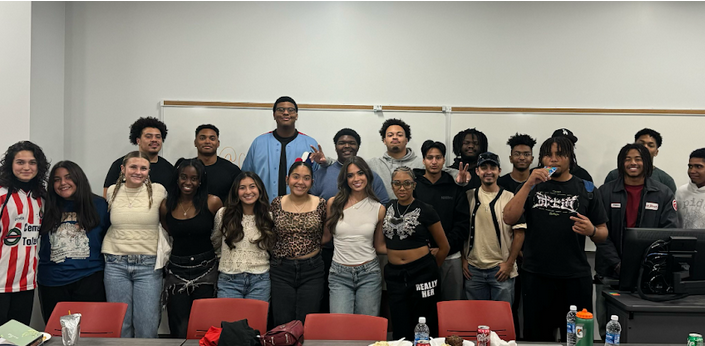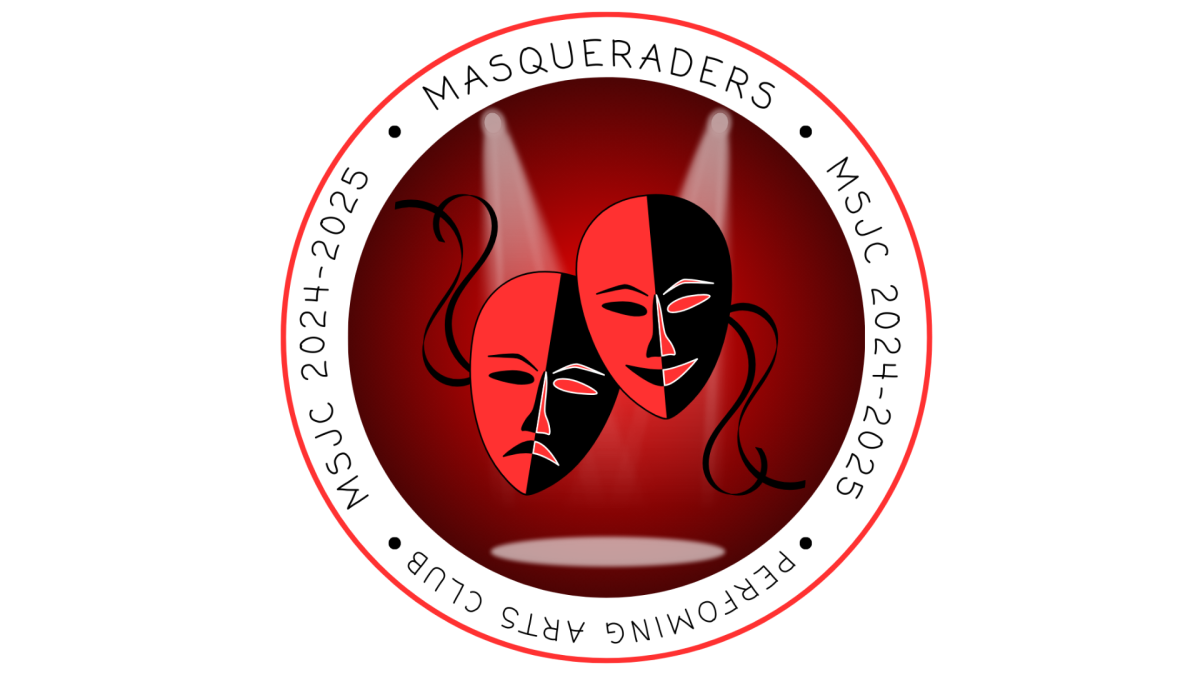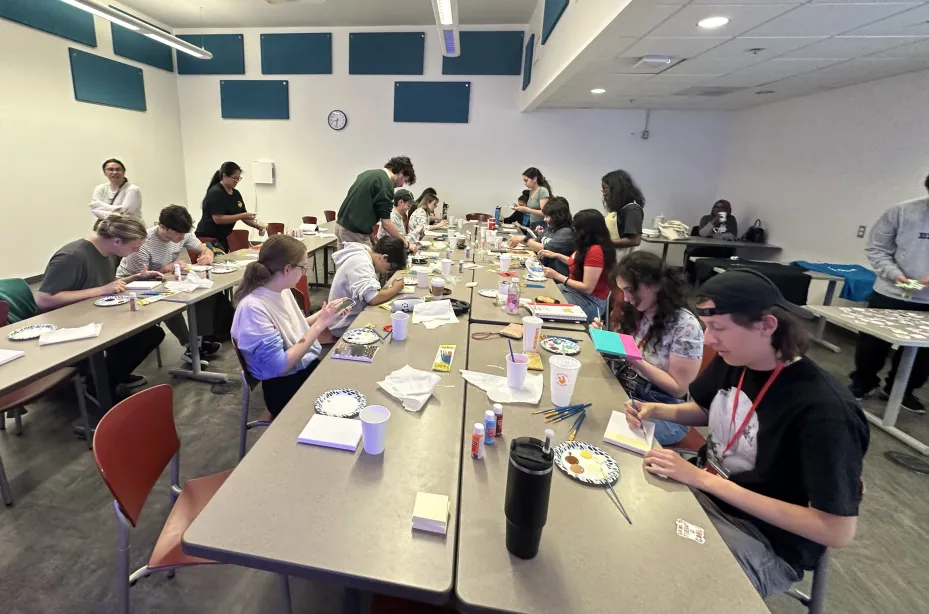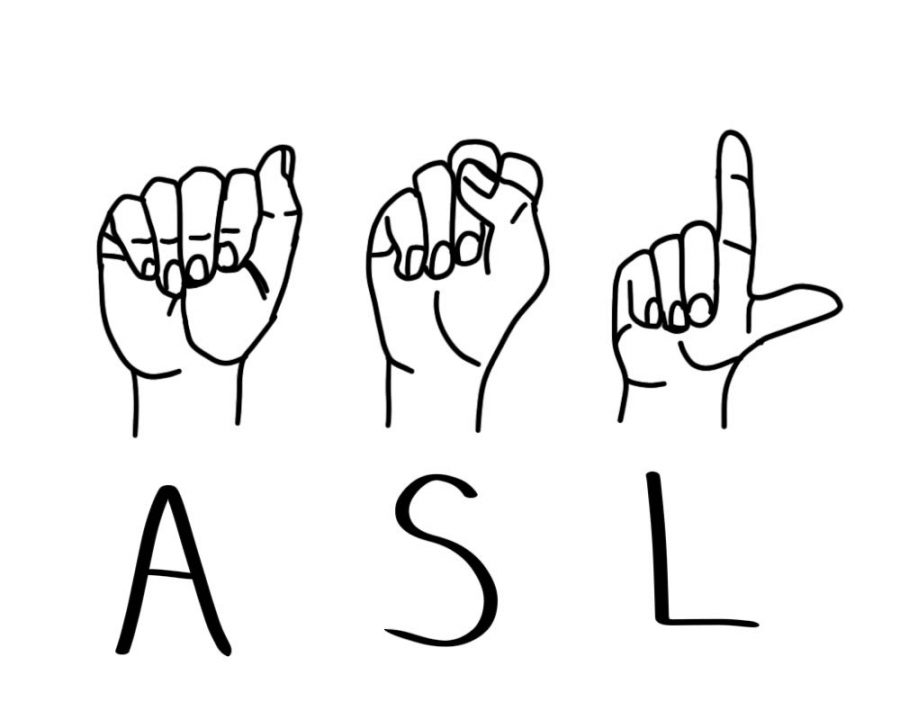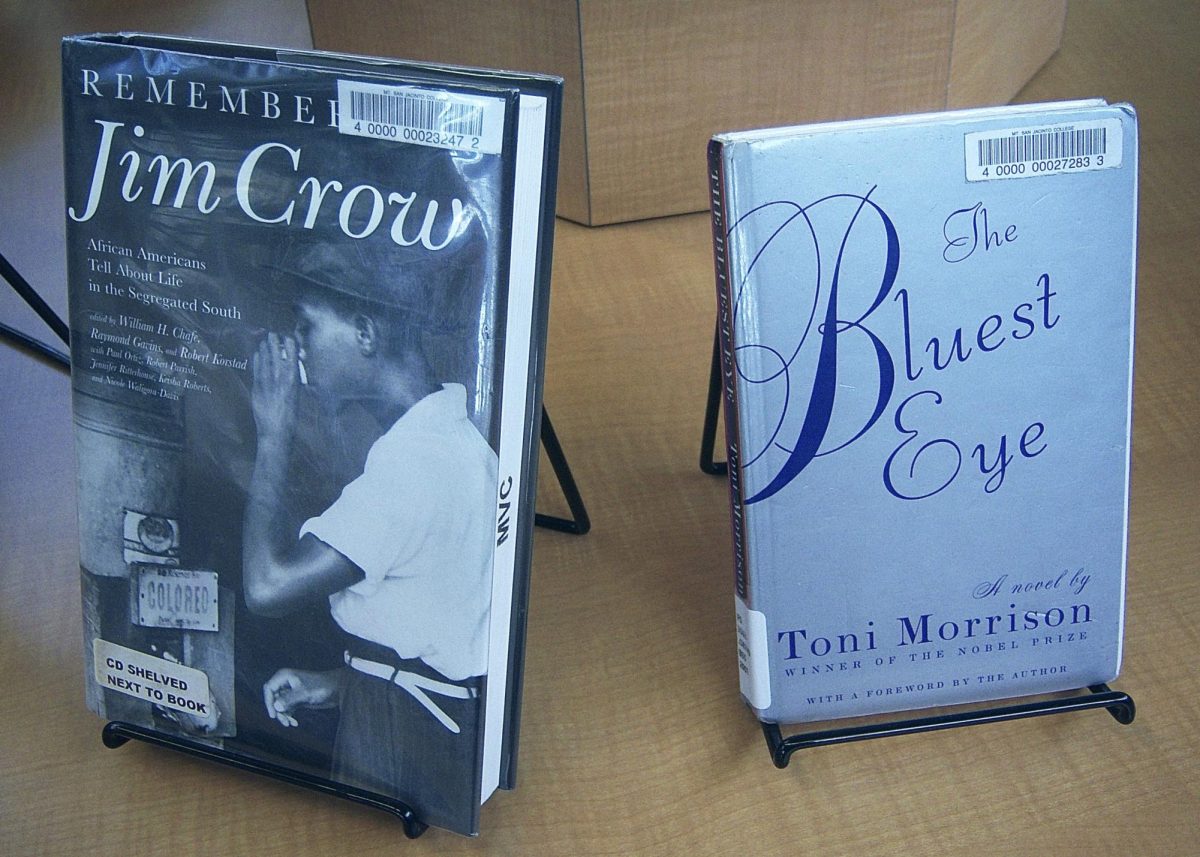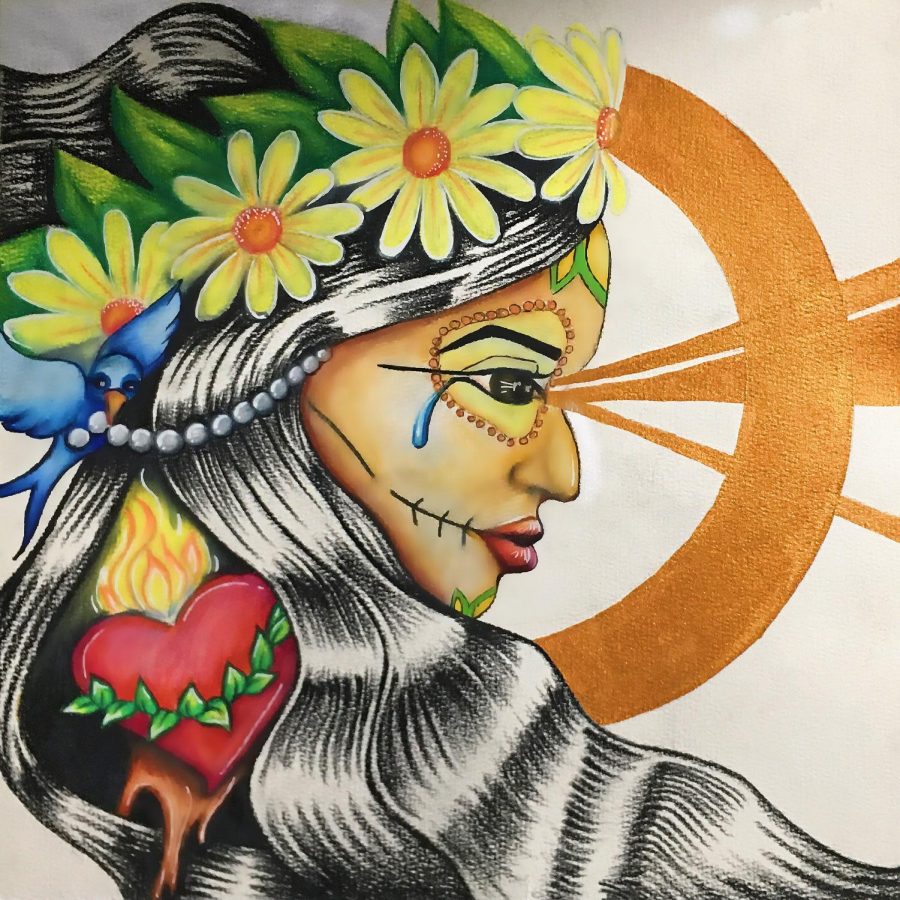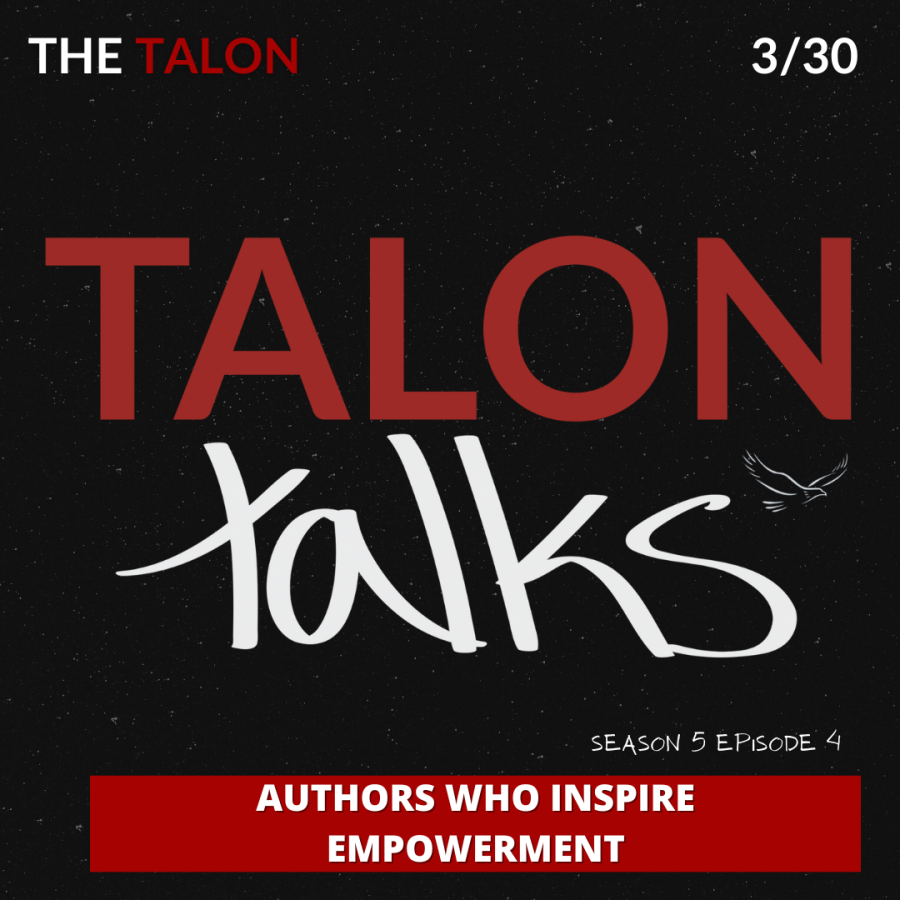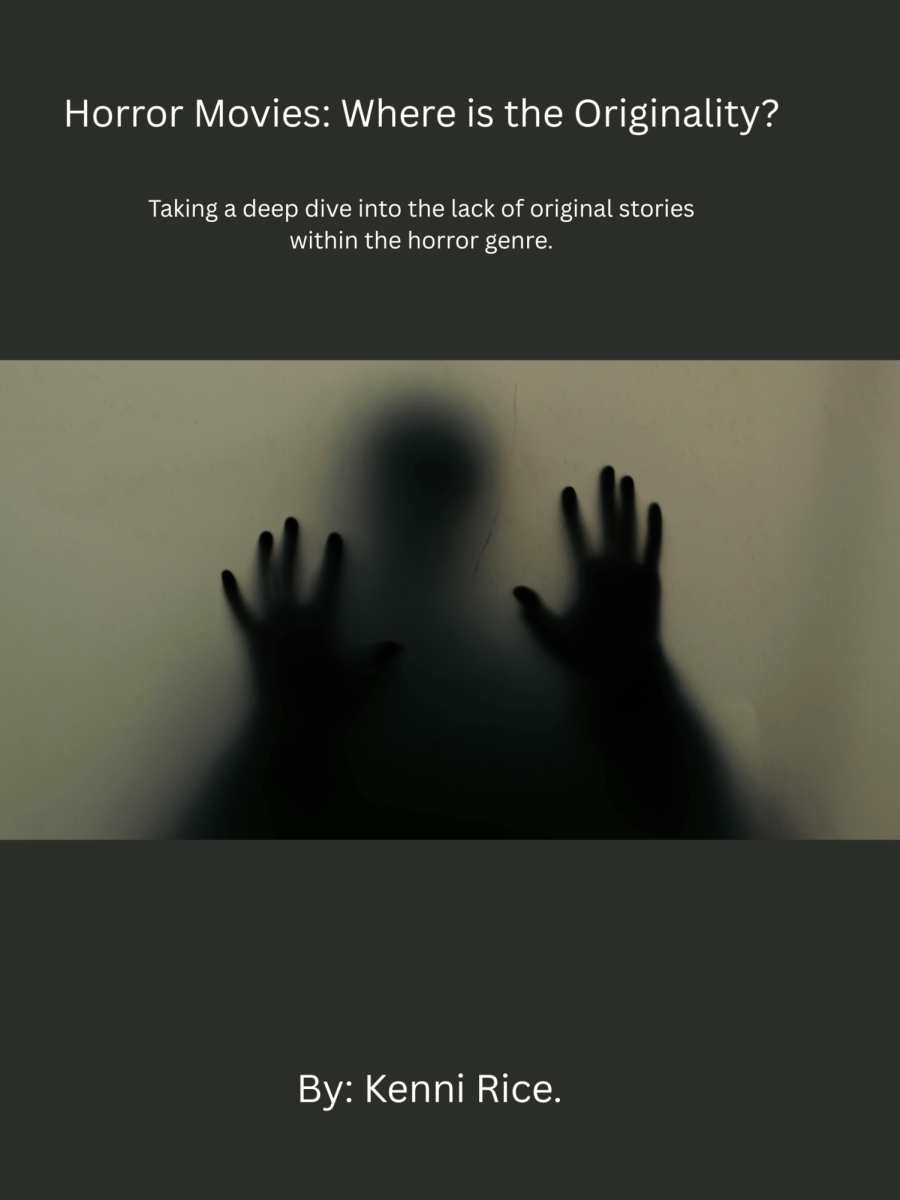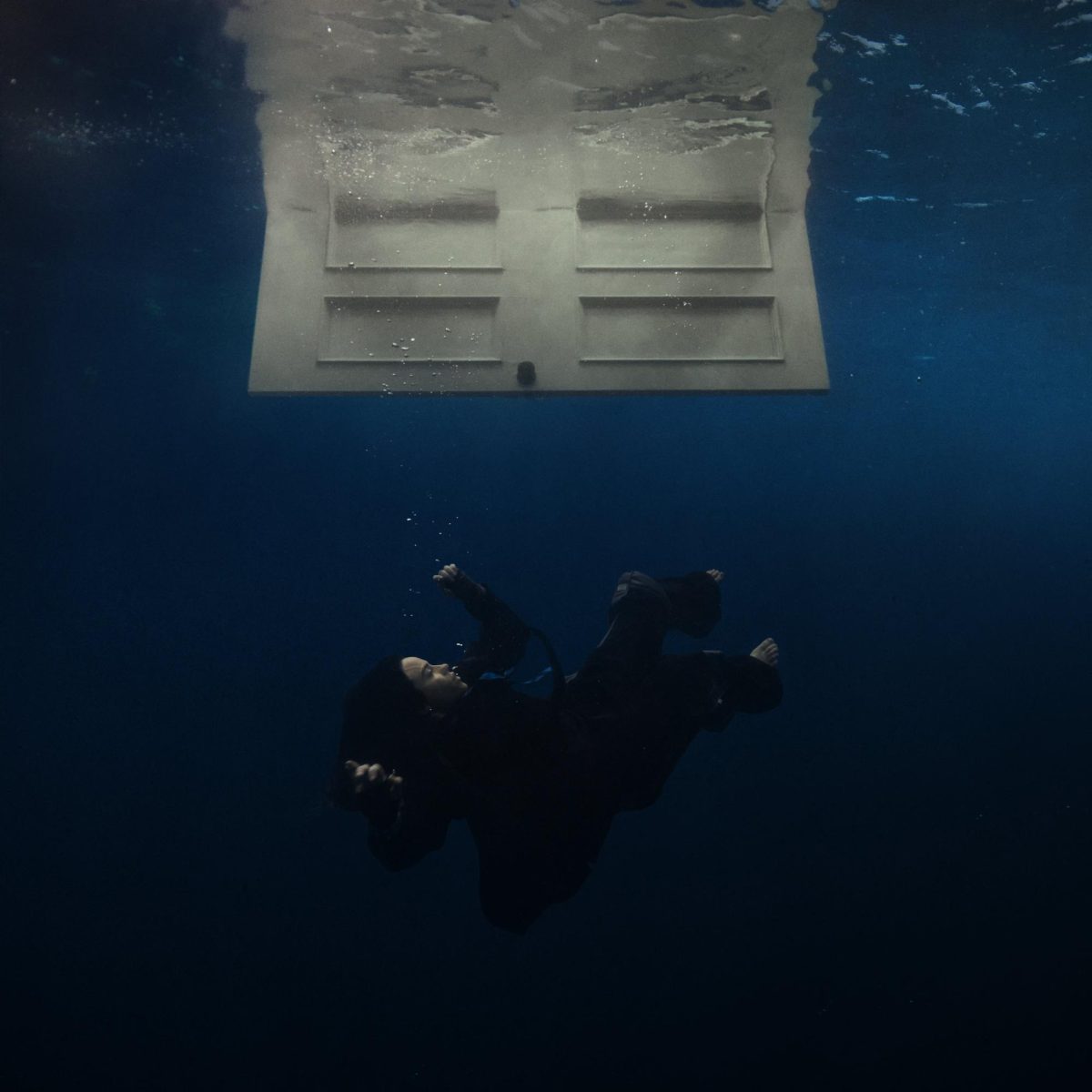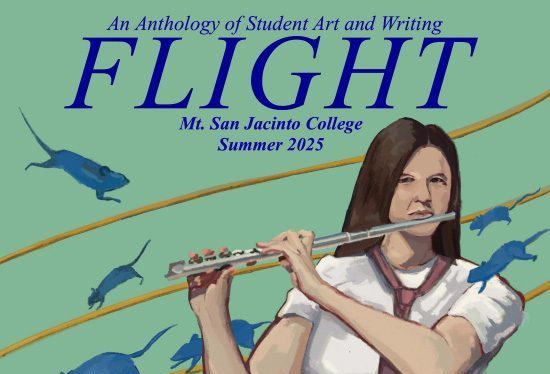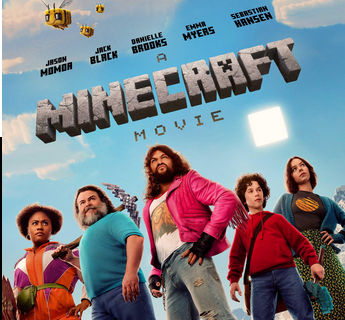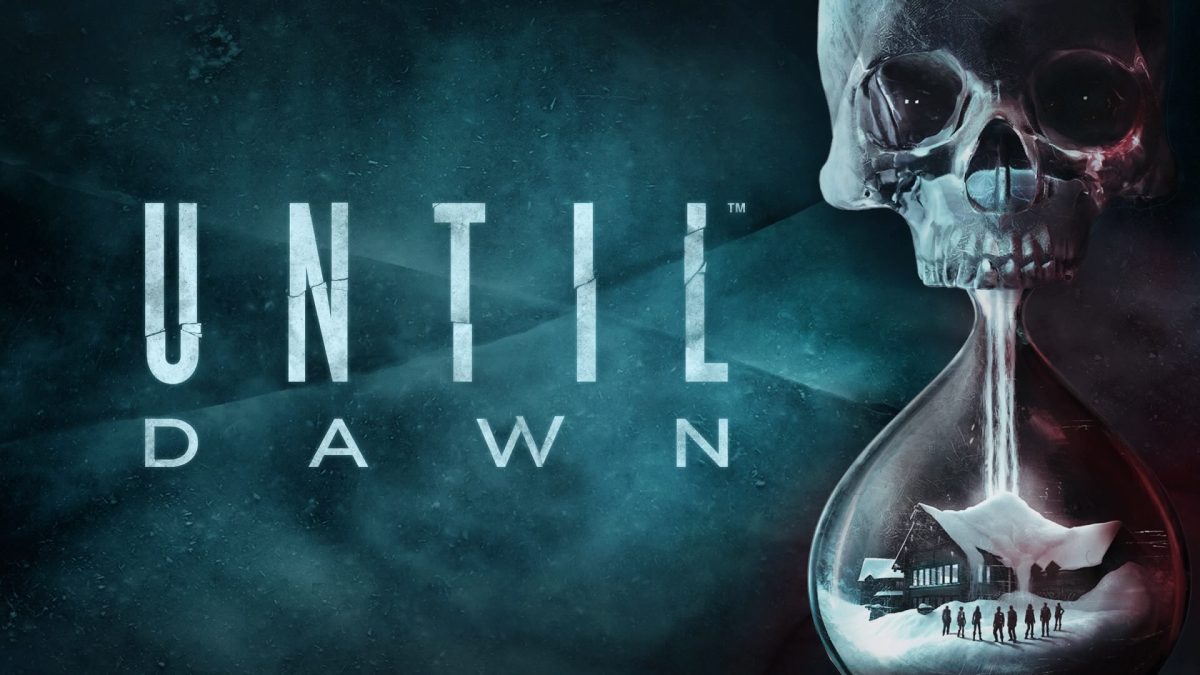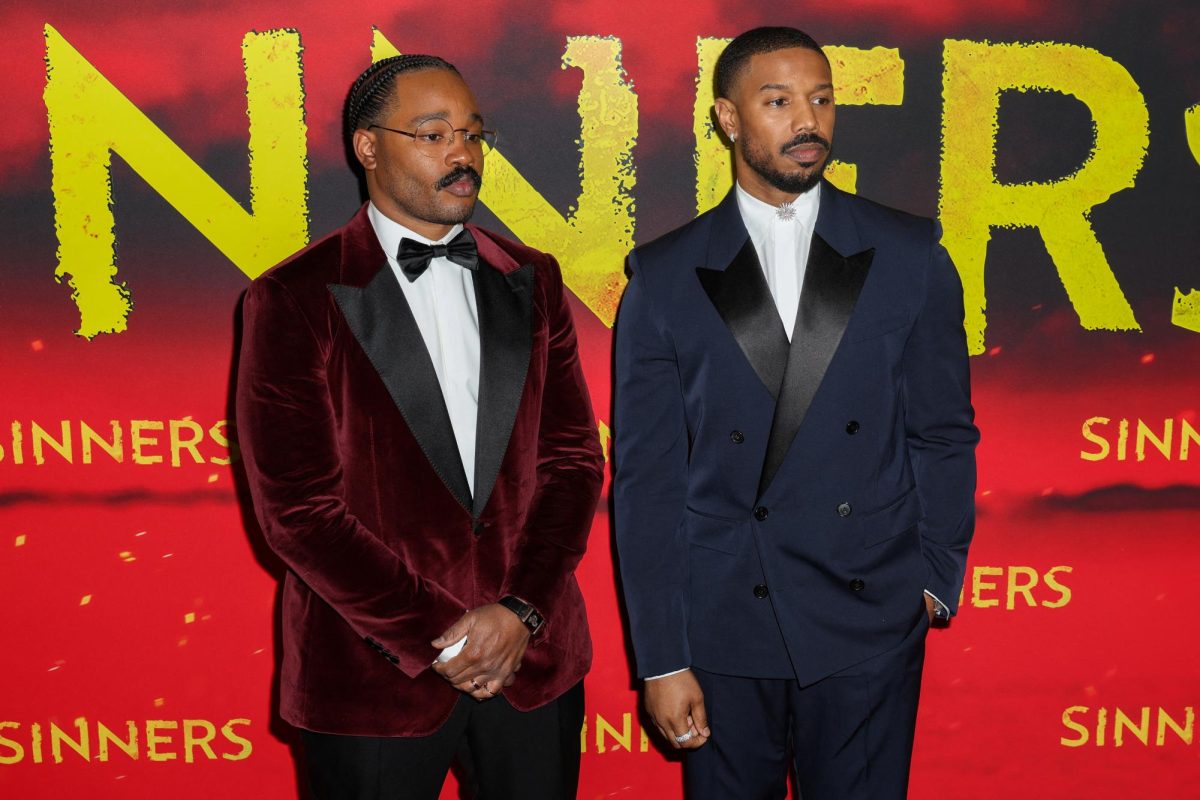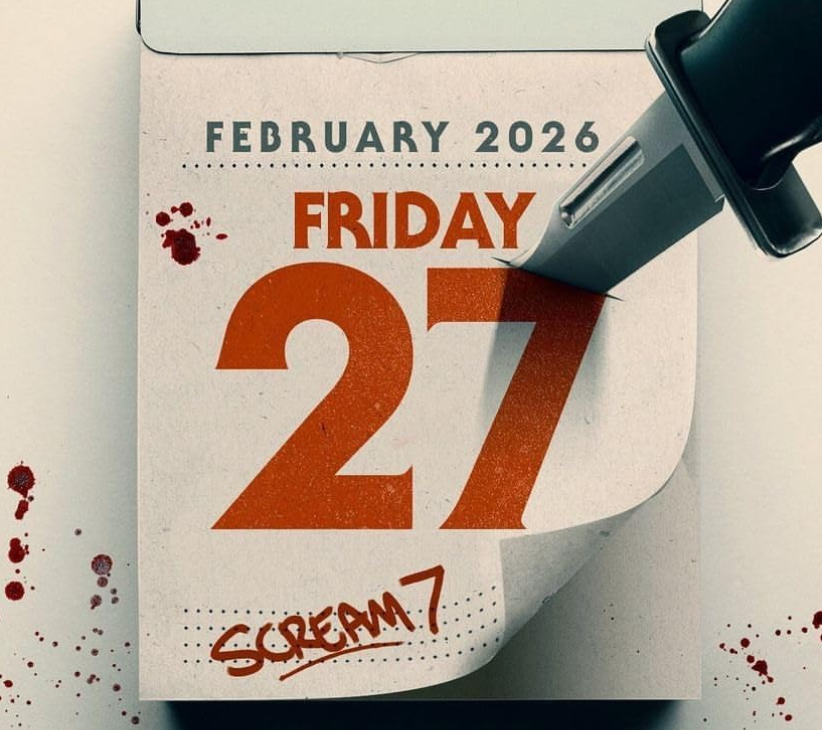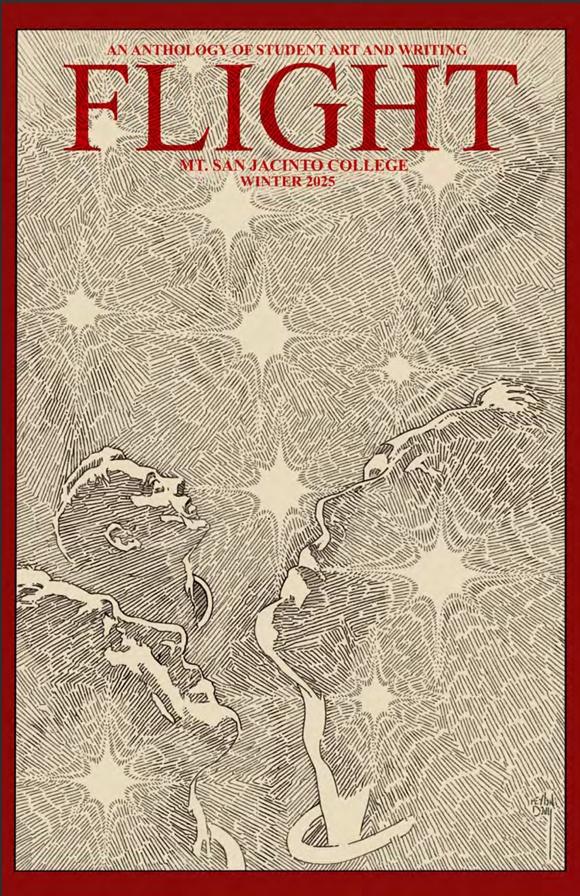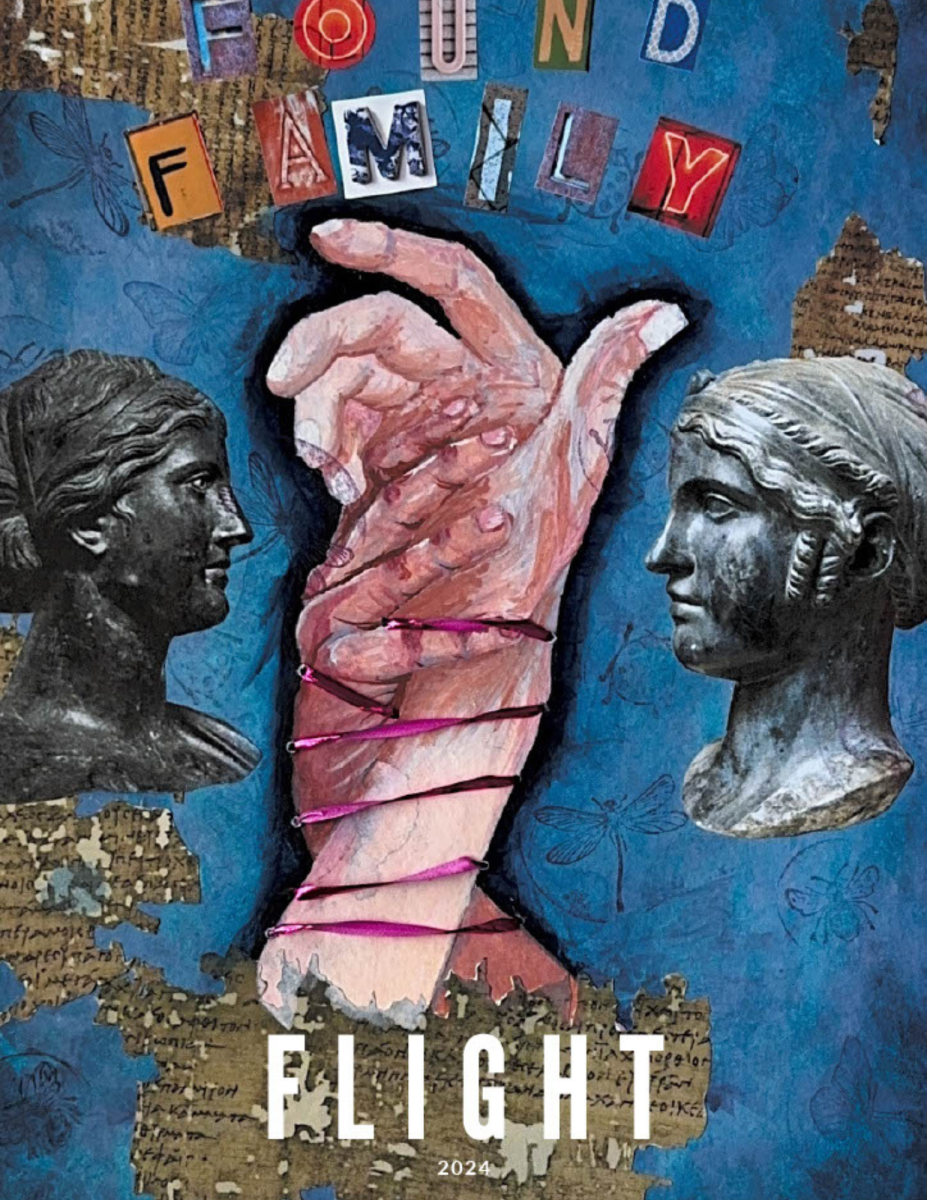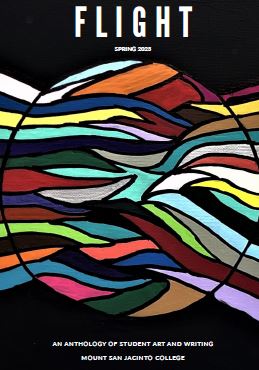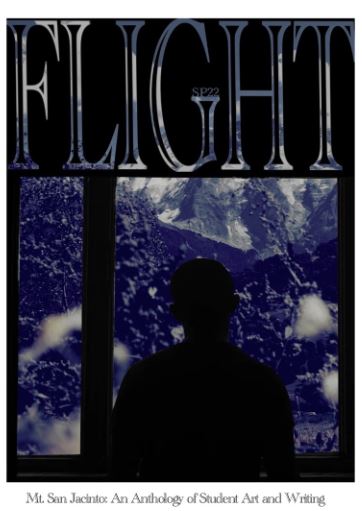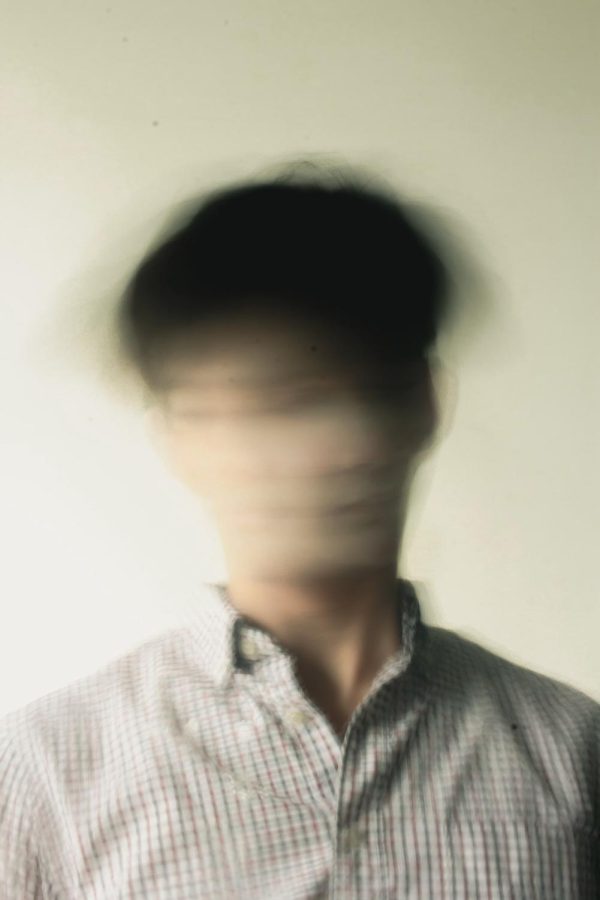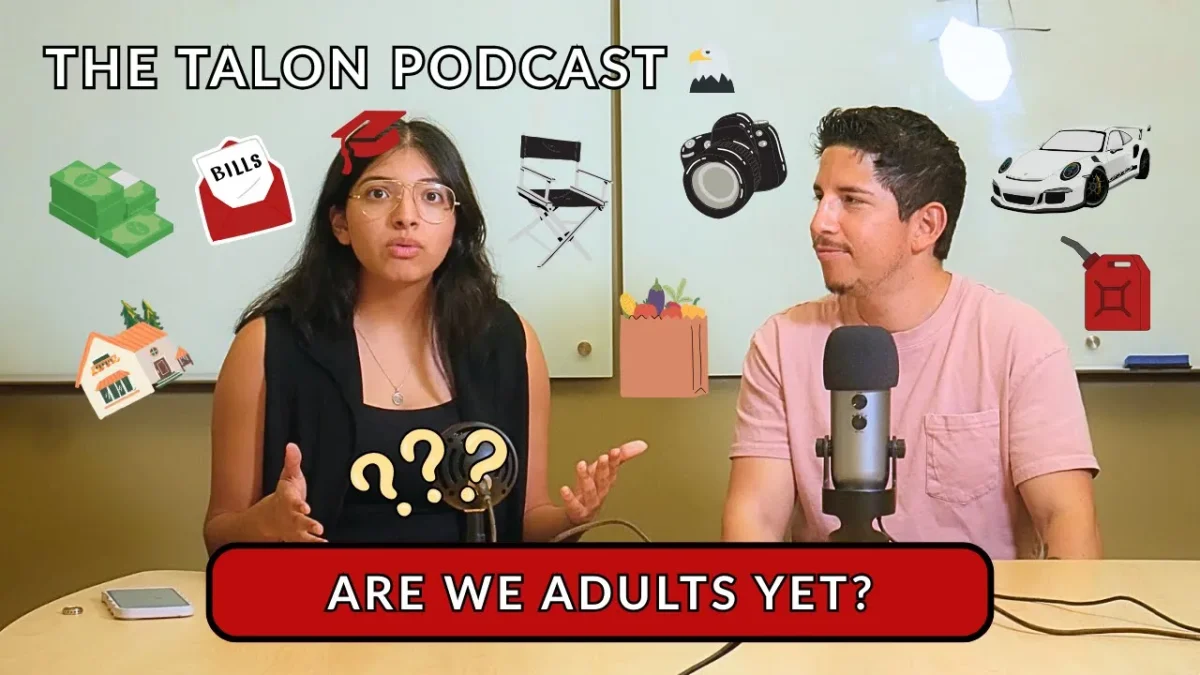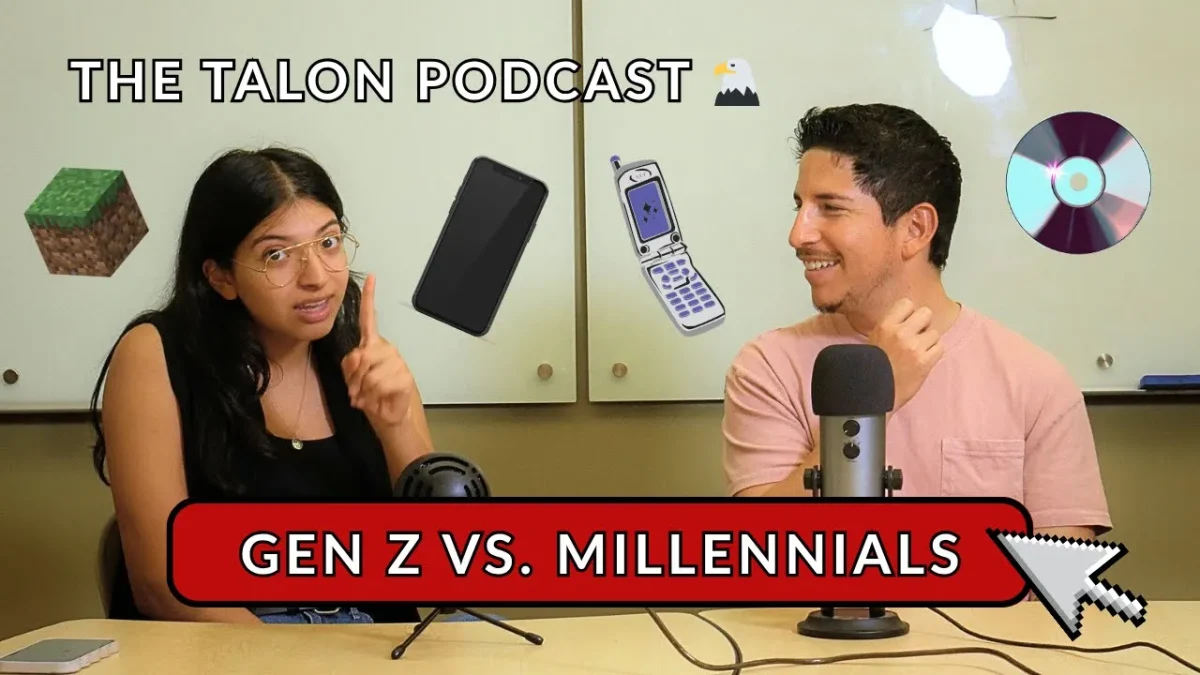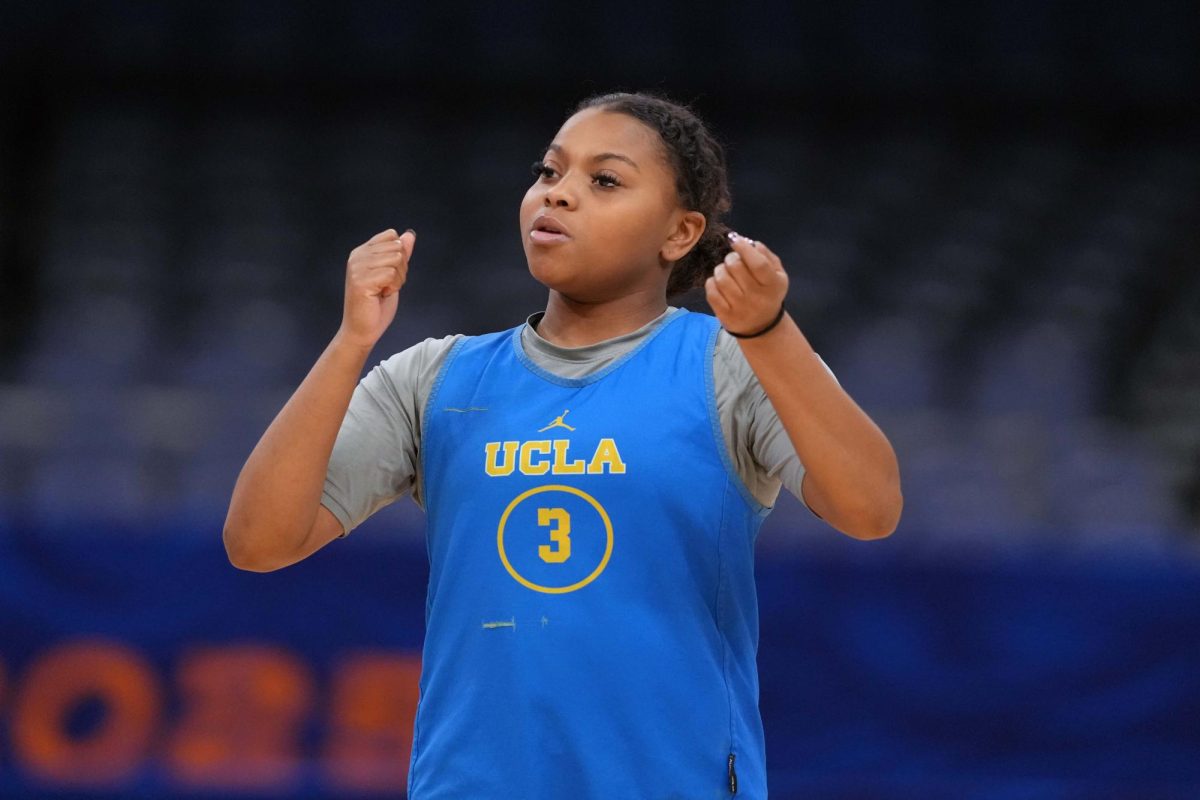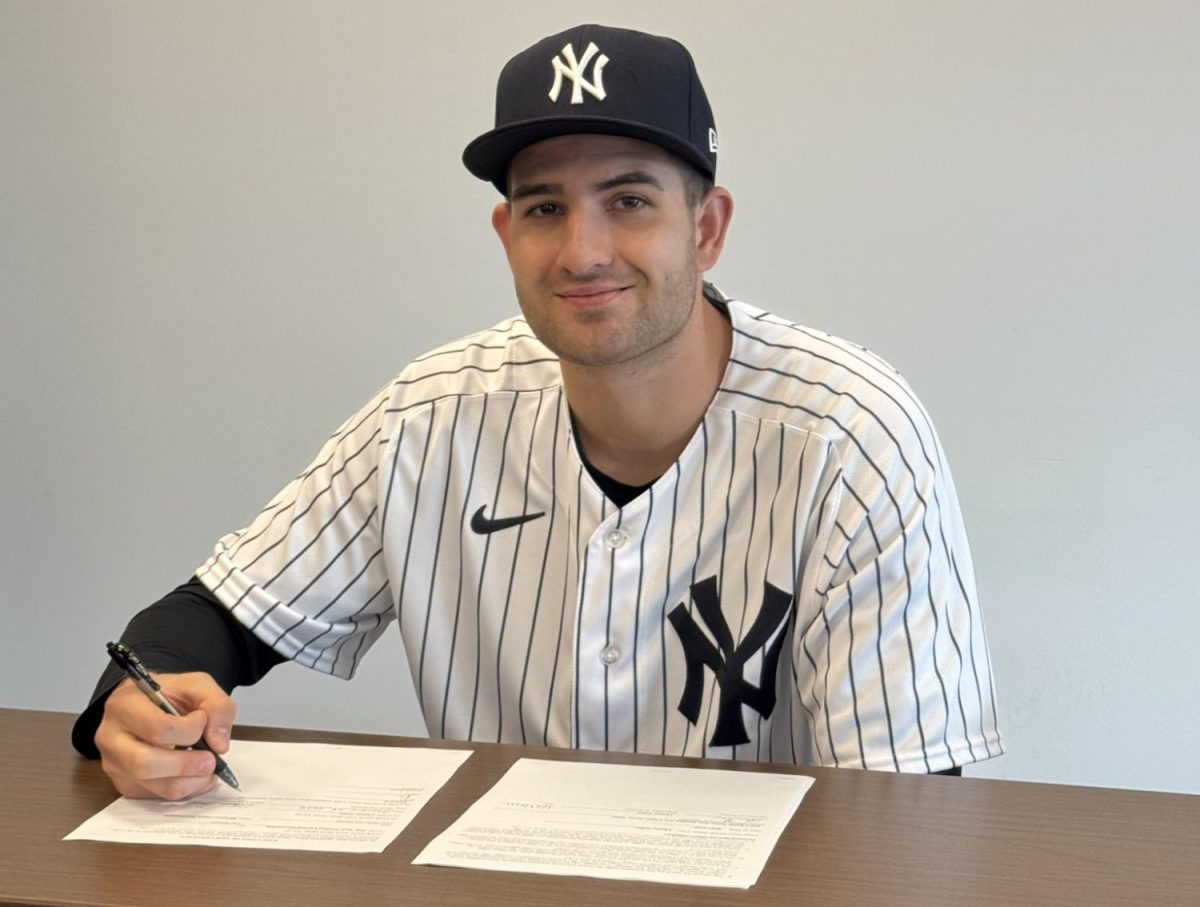A scream on a mountain covered in a sheet of white snow could cause a destructive avalanche. A tiny spark in a brush can lead to a fire responsible for the devastation of miles of disintegrated land. A flaw in democracy can cause incapable people to hold positions in the government, which are used for personal agendas. Newton’s third law of motion describes every action having an equal reaction. Every action has a consequence.
We see lots of movies getting made into video games, especially if they have marketable qualities like the Star Wars franchise. On the flip side, we rarely see video games get turned into a movie. It could be a recipe for disaster for beloved fans or instantly become a fan favorite.
In the 2015 video game for the PlayStation 4, “Until Dawn,” put that exact theory to the test. In this horror-themed interactive survival game, created by Sony Computer Entertainment, choosing your own adventure just became a whole lot deadlier. This is a game where multiple endings can occur depending on the player’s choices throughout the game. Just like life itself, the story unfolds from the fault of your actions, whether for better or worse.
This game received many nominations for its innovative interactive creation and was declared the winner of one: the 2016 BAFTA Award for Best Original Property. It is a true trailblazer for horror-themed interactive games. It was directed by Will Byles, who also directed the 2022 PlayStation hit game “The Quarry.”
Until Dawn encompasses a uniqueness when it comes to their character models. In the rare event, this game used well-known actors like Hayden Panettiere and Rami Malek as their character models and voice actors, giving it that captivating cinematic feeling. Through the use of motion capture, the talented actors delivered a spectacular performance. Most video games that use motion capture usually hire two separate people to fill a role: the model and the voice actor.
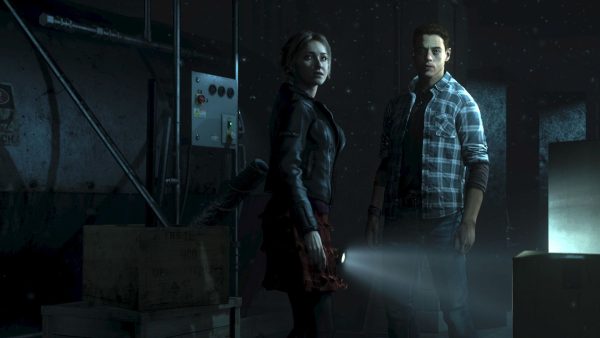
The story follows a group of – you guessed it – teenagers who go on a trip to enjoy themselves at one of their ski lodges. After one of the girls becomes the victim of a terrible prank, she runs into the blizzard-flavored forest covered in darkness. Her sister runs after her, and their brother is too drunk to wake up. They both go mysteriously missing, their brother and the friends who pulled the prank return a year later in remembrance.
A masked man begins to terrorize and kidnap the group of teenagers; it is just as snowy and dark as last year. In the game, you get to play as each character in the friend group and ultimately decide their fate. The decisions you make through action and conversation will decide whether or not you make it through the night until dawn. The main plot is concrete throughout the flexibility of the ending; however, you can finish the game with one to eight survivors.
The fun feature used in this game may be a familiar phrase known as “the Butterfly Effect,” coined over fifty years ago by Edward Lorenz. He was a meteorologist who famously proposed an idea in his article “Predictability: Does the Flap of a Butterfly’s Wings in Brazil Set Off a Tornado in Texas?” Does something as little as a butterfly flapping wings “modify the sequences in which they occur?” Until Dawn, both in the video game and the movie, heavily evokes the practice of this theory.
Due to the nature of this game coming out a decade ago, this is the part with the spoilers, the brother of the missing sisters is the one who is behind most of the shenanigans afoot that night. Most. He had a psychotic break because of the guilt he felt about his sister’s disappearance, leading to their deaths. He blames the people who pulled the prank on his sister and their friend group, so he wanted revenge.
However, this game mixes a practical, motivated slasher with anthological myths. A mythological creature called the Wendigo from Native American folklore is implemented into the plot. Numerous of them are infested within the mountains where the ski lodge resides. That’s what else is responsible for said shenanigans and the deaths of the missing sisters.
All of this is revealed through clues left to find throughout the gameplay, confessions, witnessing, and my personal favorite, an eerie encounter in the game with the psychiatrist. Every time you encounter the part of the game where it’s possible for one of the characters to die, it transitions to the player sitting in a psychiatrist’s office talking to the psychiatrist. He is condescending and cryptic, but helps the player understand the consequences of their actions.
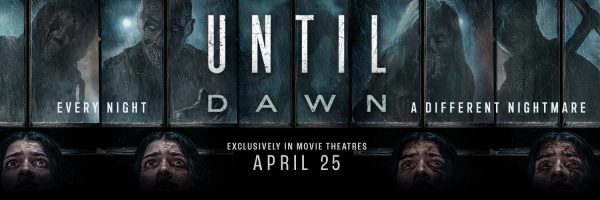
This last weekend, Sony Pictures released a movie that can’t be classified as a remake since it was only a video game. In this 2025 reimagination of the game, “Until Dawn,” makes many references and pays homage to plot lines and game quirks. It was directed by David F Sandberg, who is no stranger to directing in the genre of horror, like his 2017 movie “Annabelle: Creation.”
In this film, the story follows Clover (Ella Rubin) and her four friends going on a road trip to help Clover seek closure after a year of her sister Melanie’s (Maia Mitchell) disappearance. Sound familiar? They end up in a town called Glore Valley, which was Melanie’s last known location. Clover inquires inside the gas station about her sister’s whereabouts and is given a lead to go investigate. Obviously, this is going to go really well for all of them.
They find themselves at this house, where they all break off and start investigating it. Clover’s best friend Nina (Odessa A’zion) finds an hourglass clock and a guest book. After signing it, she flips through it and finds Melanie’s signature in the guest book, confirming their lead. Nina’s boyfriend found himself in a room with a bulletin board filled with missing people posters with only their faces and the word “MISSING” on them. The last poster uncovered was a picture of Melanie.
After discovering all the traces of Clover’s sister, they all reconvene in the living room where the hourglass is, and Nina notices it has been flipped upside down, beginning the time. Shortly after, a psycho in a mask comes out of the woodworks and brutally unalives all of them, quickly, might I add. Once the last person in their group dies, the night restarts, and they are back in their original places once the hourglass begins.
They realize that they all died, and it’s about to happen again if they don’t do something quickly. However, this night is going completely differently from the last time. How many times are they going to have to relive this night? Are they going to find out what happened to Melanie? Is that a Wendigo behind you?
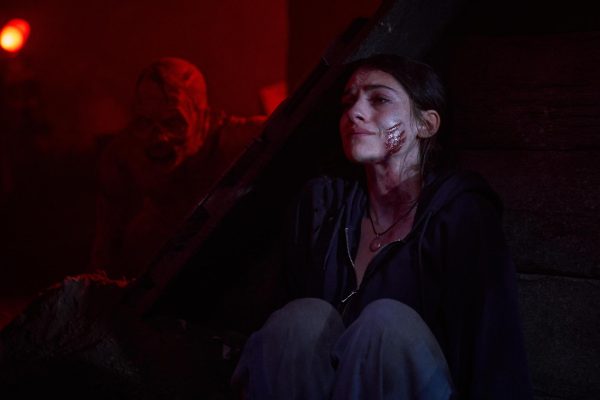
I’m not a monster, so I won’t spoil this since it just came out last weekend, you’ll have to go and find out for yourselves.
What I will give away is all the similarities I was able to spot between the story of the game and the movie. The very first thing I noticed was the use of Wendigos as their main creature feature. The game used the psychiatrist to narrate and explain in the game, and the movie, but he also plays a pivotal role in the plot of the movie, too. The movie uses the missing sister storyline but twists it in a new direction.
As for the gameplay compared to the movie, there were a few easter eggs that made me happy they got included. In the game, whenever you’re faced with a part where a character could possibly get in danger or die, there is a breathing mini-game. In the movie, they heavily adapted the feeling of the intensity of having to stay absolutely silent because your life depends on it. They continuously find clues in the movie, like what it takes to complete the objectives in the game. I really can’t give too much more without giving away plot points of the movie. I just dabbled in spreading exposition and clues for fans like myself.
I think people who were admirers of the award-winning game will be fans of this production as well. If you didn’t play the game and only watched the movie, it may not be as appealing, especially if you’re easily frightened. There are mixed reviews of the movie, but there usually are when it comes to horror films. I personally don’t get scared easily when watching scary movies, except for shark movies. However, there were multiple times when I got scared, and that is exactly what I hope to get out of my movie ticket.










